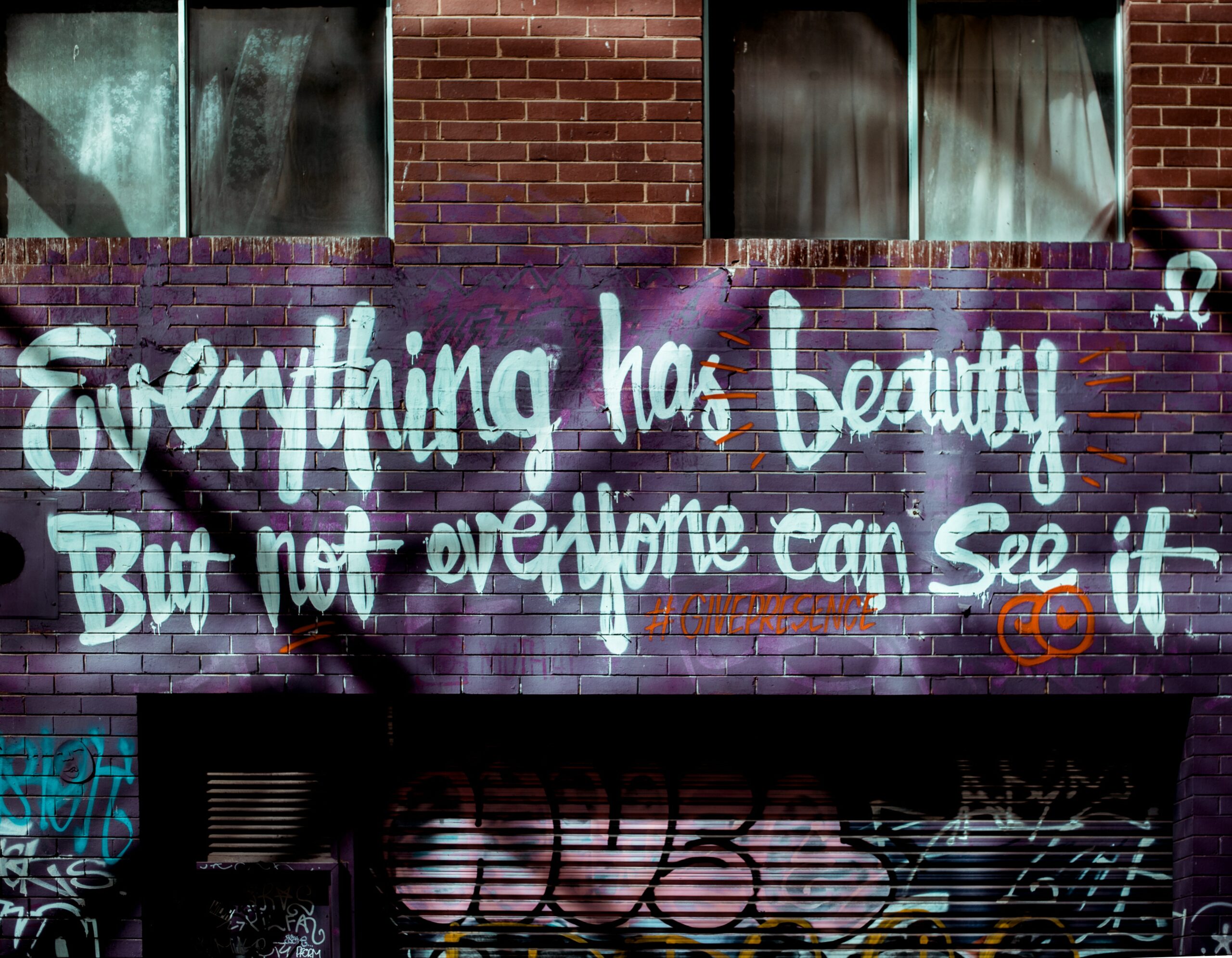America’s girls finally have the hero they deserve with CBS’s Supergirl.
For years the only characters young girls saw on television, that they might view as close-in-age role-models, were petty, shallow, gossipy, and highly sexualized; think Gossip Girl, Secret Life of an American Teenager, 90210, or Glee.
Supergirl has, refreshingly, bucked that trend.
Melissa Benoist stars as Kara/Supergirl in this delightfully family-friendly, action-packed series. Kara (Zor-El) was sent to Earth from the planet Krypton as a 12-year-old girl to look after her baby cousin, Kal-El. Kal-El reached Earth first and was raised by the Kents, then went grew-up to become Superman. Kara arrived separately and was raised by the Danvers. Kara now works as an intern for Cat Grant, a rich and powerful media mogul.
Even before its debut, there were signs that this was a new kind of female superhero, unlike the ones in revealing, skintight latex that have graced screens in recent years.
In the first episode, Kara enlists the help of Winn, a friend from work, to create a costume for her superhero alter-ego. The first outfit Winn makes for her is a pair of boy shorts and a long sleeved, midriff-bearing cropped shirt — all skin tight. Kara tells him that she would never wear that, even to the beach. The costume she ultimately comes up with (designed by Oscar-winning costume designer Colleen Atwood) features a modest silhouette, high neck, mid-length skirt over tights, a cape and knee-high boots. As Julie Miller, writing for Vanity Fair notes, “Benoist’s Supergirl will hopefully prove that you don’t have to flash T&A or be vacuum-packed into a latex pantsuit to fight crime as a female.”
In an interview for Entertainment Weekly, Benoist said that the first time she put on the Supergirl costume she felt empowered. “But something changes internally. I feel like a different person almost. It really is an alter ego, where I feel inspired, hopeful and empowered… I’m feeling all these feelings of empowerment and positivity and femininity and strength.”
Benoist continues, “I want to do right. Of course this is a broad statement, but I want to do right by women. I want to portray someone they can relate to and look up to that’s not a trite or a shallow depiction. I want her to be complicated and flawed. I guess I just want all women to feel like they could be Kara and Superwoman as well. I don’t want it to be campy. I want it to be grounded and human. That goes for anybody. It doesn’t matter what sex. It doesn’t matter if it’s women or men I inspire, I just want to inspire people in general to realize their strengths and their potential, and that you can do the things that you feel like are impossible to accomplish.”
The non-sexualizing costume alone is enough to make this Supergirl a stand-out in today’s media landscape. But Benoist’s Supergirl offers so much more, she is compassionate – she seeks to serve the community, of course, but part of her motivation for assuming her Supergirl identity also comes from a desire to prevent layoffs at the newspaper where she works; she is brave not only when fighting bad guys, but in standing up for herself and her friends and colleagues.
It’s wonderful to see that this positive female role-model is resonating with audiences. The Parents Television Council rated Supergirl as one of the best new shows of the fall season; television critics reviewed it favorably – it was the highest scored fall drama according to Metacritic; and it was the top-rated premiere this season among adults 18-49. More impressively, Supergirl had more viewers than any comic book-based TV show debuting this century.
In the first episode, a character remarks, “A female hero? I’d like my daughter to have someone like that to look up to.”
Happily, now they do.










